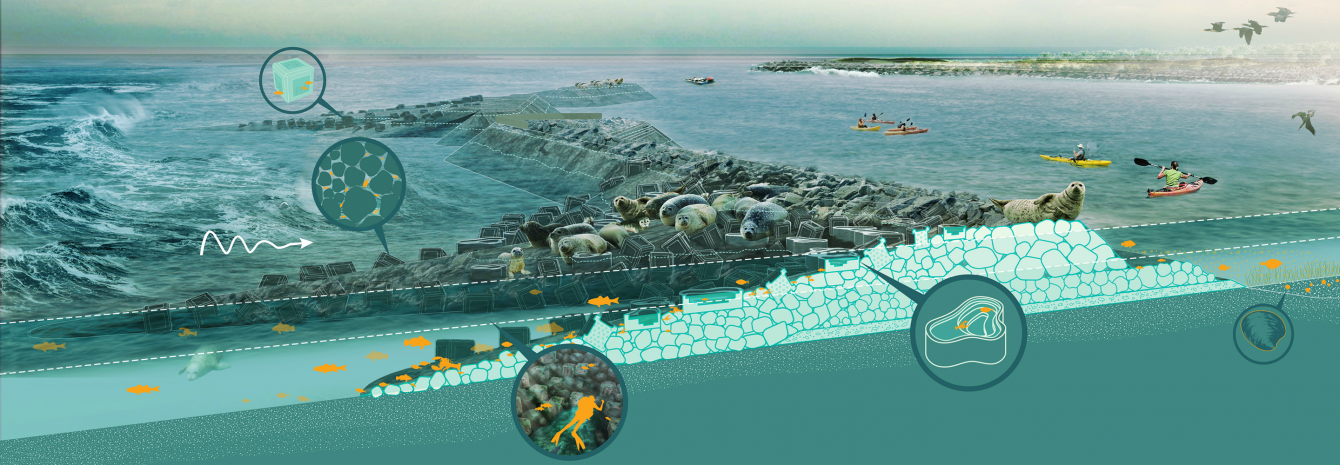How can architecture respond to climate change?

Columbia’s Graduate School of Architecture, Planning, and Preservation (GSAPP) is reimagining what cities can be, how they can serve citizens for the greater good, and how they can proactively respond to climate change. Students in GSAPP’s Urban Design Program learn to combine social justice and cities as ecological systems to create urban designs for a sustainable future.
Over three semesters, Urban Design students explore architectural design as a tool for problem-solving and cities as living laboratories. New York City is the first case study, and the second semester expands research to other American cities while the final semester explores growing cities in Asia, Africa, and South America. With Studio X, GSAPP's international design lab, and the Columbia Global Center in Amman, Jordan, students studied how agriculture in the Jordan River Valley and industry and tourism in the Dead Sea region impact Amman’s water footprint.
Kate Orff, associate professor and director of the Urban Design Program, will complete her Oyster-tecture project in 2019. Oyster-tecture is Orff's plan to bring oysters back to New York Harbor, where they can filter water and form reefs to buffer against storm surges like those from Hurricane Sandy. The project will also create bays to host finfish, shellfish, and lobsters while reducing erosion.
“We try to teach our students not only design-thinking methods, but also how to apply these skills directly,” said Orff. “They learn how to improve people’s everyday lives through sustainable, interconnected systems—housing, mobility, landscape, affordability, and access.” Learn more and see Columbia Magazine coverage.
